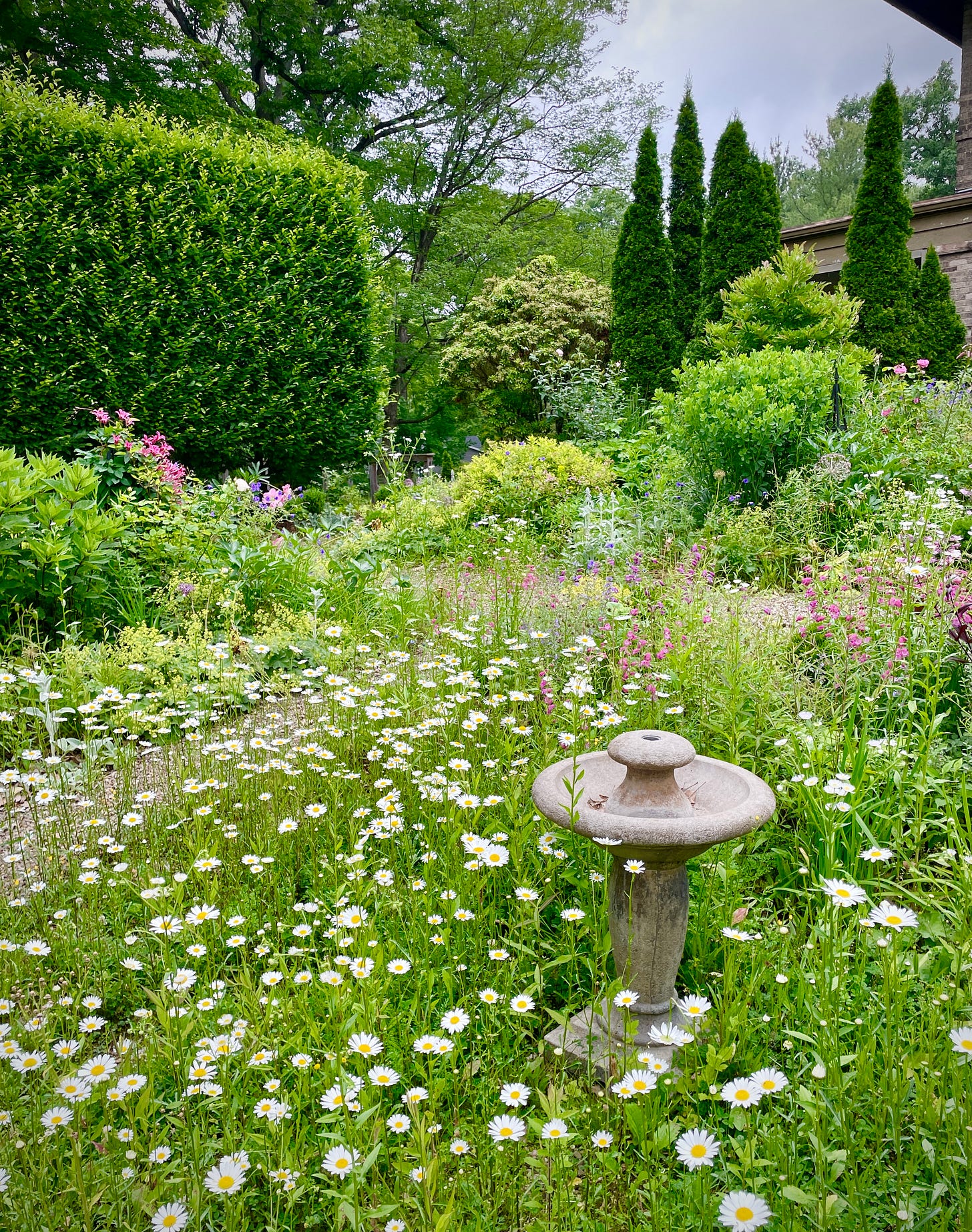
“A weed is a plant that has mastered every skill except for learning how to grow in rows.”
🌿 Doug Larson
Worth a little time: Self-sowers
When we are looking to build atmosphere in the garden, we need to find some plants that will play we…
Keep reading with a 7-day free trial
Subscribe to Julie Witmer Gardens Newsletter to keep reading this post and get 7 days of free access to the full post archives.




